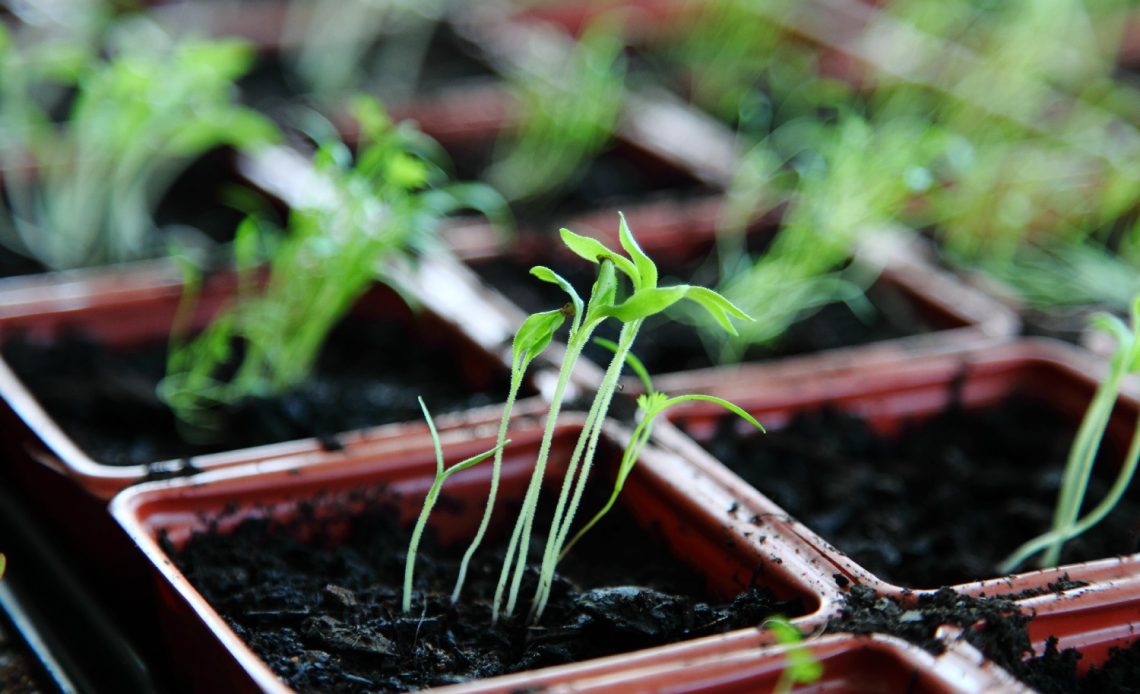

We’re here to help! Wild Yards is a completely free website that is 100% dedicated to helping you create a wildlife-friendly, sustainable yard. Read more
WildYards is reader-supported. When you buy a product through a link on our site, we may earn a comission. Every product is independently selected by our (obsessive) editors and our reviews are unbiased and objective. Read more about our mission or our privacy policy.
A healthy garden starts with healthy seedlings. The quality of the care that your plants receive in the earliest days of their lives plays a huge role in how well they perform once they mature. One major mistake that new gardeners make is transplanting seedlings before they’re ready to be moved outside. But what are the signs that you’re transplanting seedlings too early, and how can you know when your seedlings are ready to be planted in the garden?
Many seedlings die because they were started too early in the season and became rootbound and leggy while growing in their seed pots. Other seedlings die because they are not allowed to become acclimated to the outdoors before being transplanted. Seedlings are ready to be moved outside once they’ve developed at least 3 true leaves.
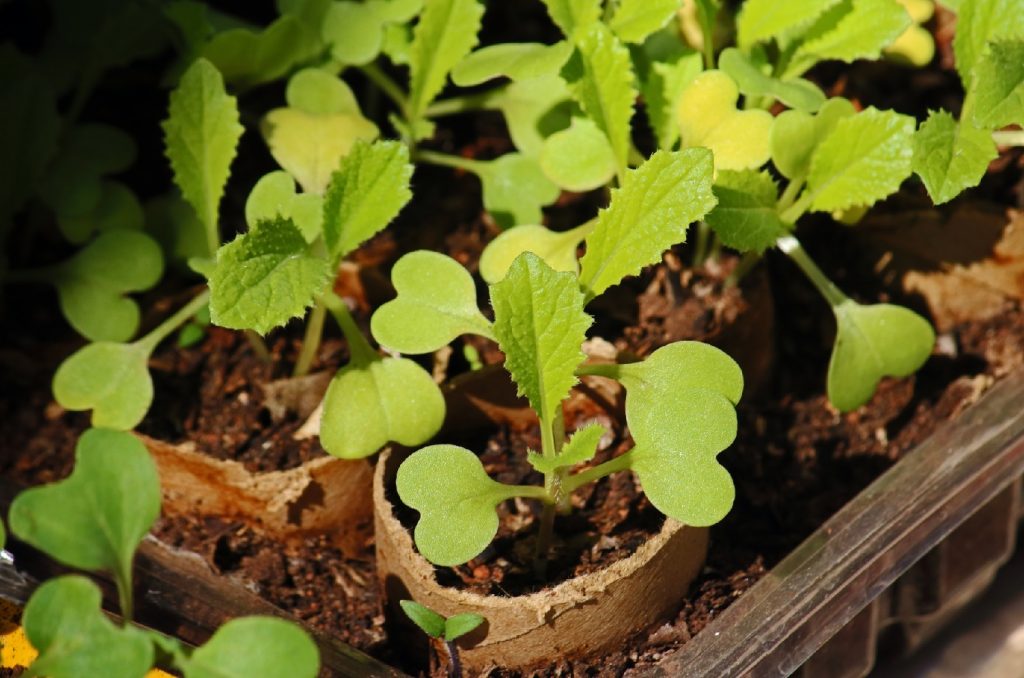
6 Signs that your seedlings have been transplanted too early
If you’ve tried your hand at starting your own seedlings in the past only to be disappointed with the results, there’s a chance that you have simply been transplanting your vegetables too soon. Here are the top 6 signs that your seedlings have been planted too early in the season.
Widespread seedling losses
When the growing requirements of an adult plant are not being met, the plant may well die. But first, it will show symptoms. It may produce fewer flowers or its foliage may turn yellow. In any case, you’ll probably know ahead of time that something is wrong, which gives you a chance to help nurse the plant back to health.
But because seedlings are so young, they may never give you any sign that something is wrong because they may not have the energy it takes to survive in less-than-ideal circumstances. Often, seedlings that have been transplanted too early will die abruptly for seemingly no reason at all.
Of course, anytime you start seedlings, you’re bound to see some losses. Not every seed will sprout, and not every seed that sprouts will survive. That’s why you should always grow 2 or 3 extra plants whenever you start a new crop. But if the majority of your seedlings die after being moved to your garden, that’s the first big sign that you’ve transplanted them too early.
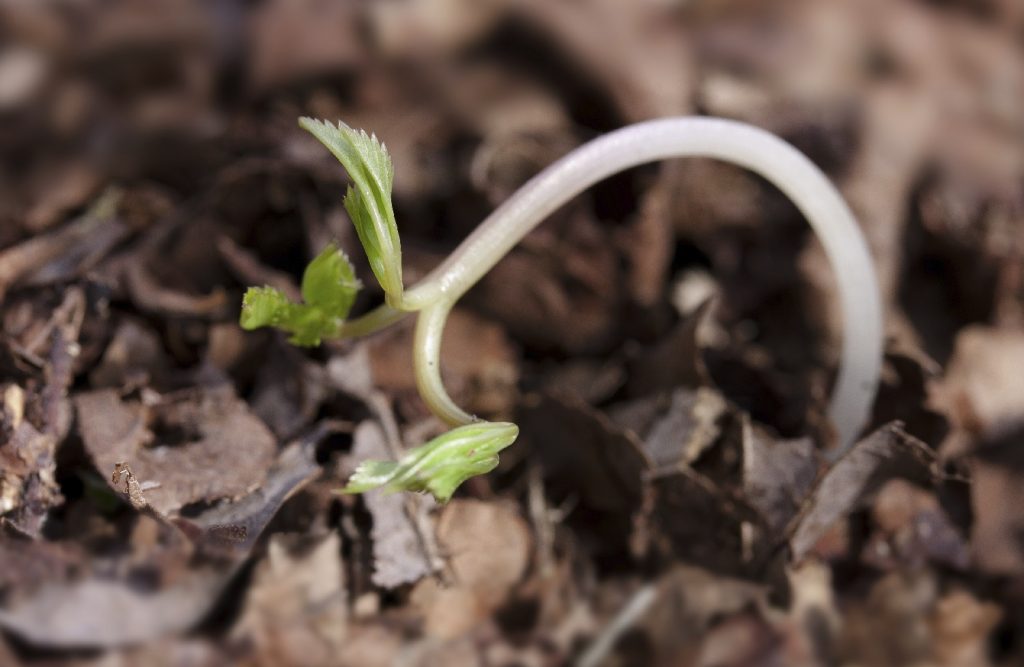
Stunted growth
Seedlings that have been started at the appropriate time and moved outdoors when conditions are suitable will continue growing without missing a beat. But forcing seedlings to endure less than ideal temperatures will stunt their growth well into adulthood.
So another huge sign that you’ve transplanted your seedlings too early is poor performance. Many plants, like cucumbers, tomatoes, and squash, need hot, humid weather to grow. When transplanted too early in the season, they’re forced to use their energy to stay warm. By the time the mercury starts to rise, the plants have to spend time recovering from the cooler weather, instead of producing fruit.
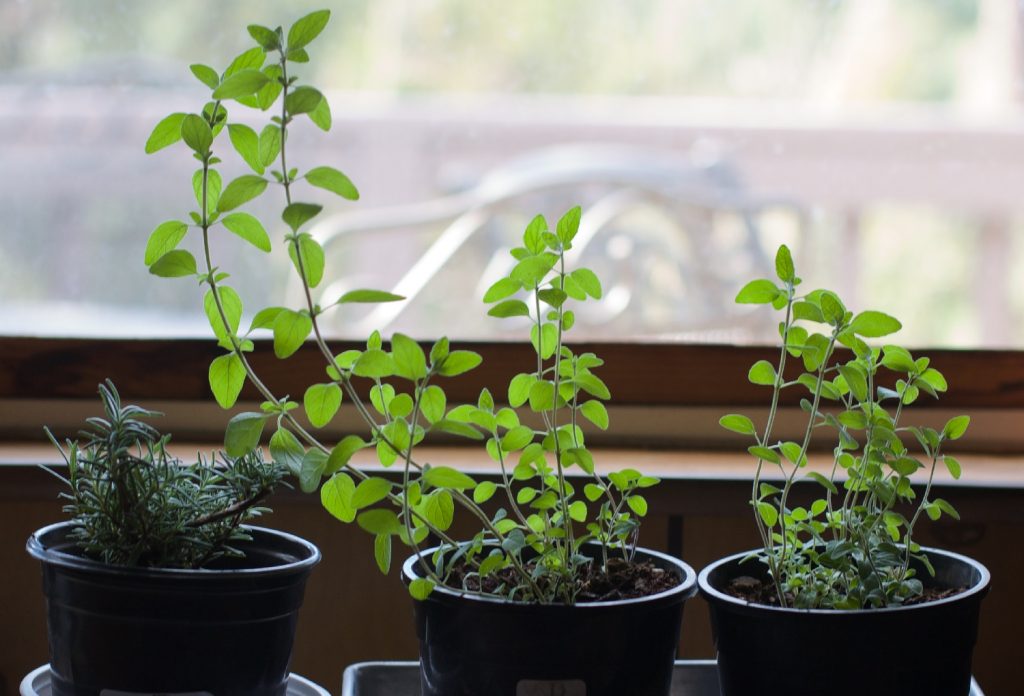
Leggy seedlings
While the rules vary from plant to plant, in general, it’s best to start seedlings indoors 2 weeks before the last frost of the season. This gives the plants time to sprout and mature enough to survive life in the garden.
Sometimes gardeners can be so eager for spring that they plant their seeds a month before the last frost. Other times, the weather decides to deviate from the predicted forecast and surprise us with late-season frosts that force us to keep our seedlings in their pots for longer than is good for them.
In either case, when your seedlings have been started too early, you’ll notice that they get quite leggy. They’ll have tall, spindly stems and very few leaves. It may take them longer to develop their first set of true leaves. The plants may also start to look slightly anemic, with some dying before and after being transplanted.
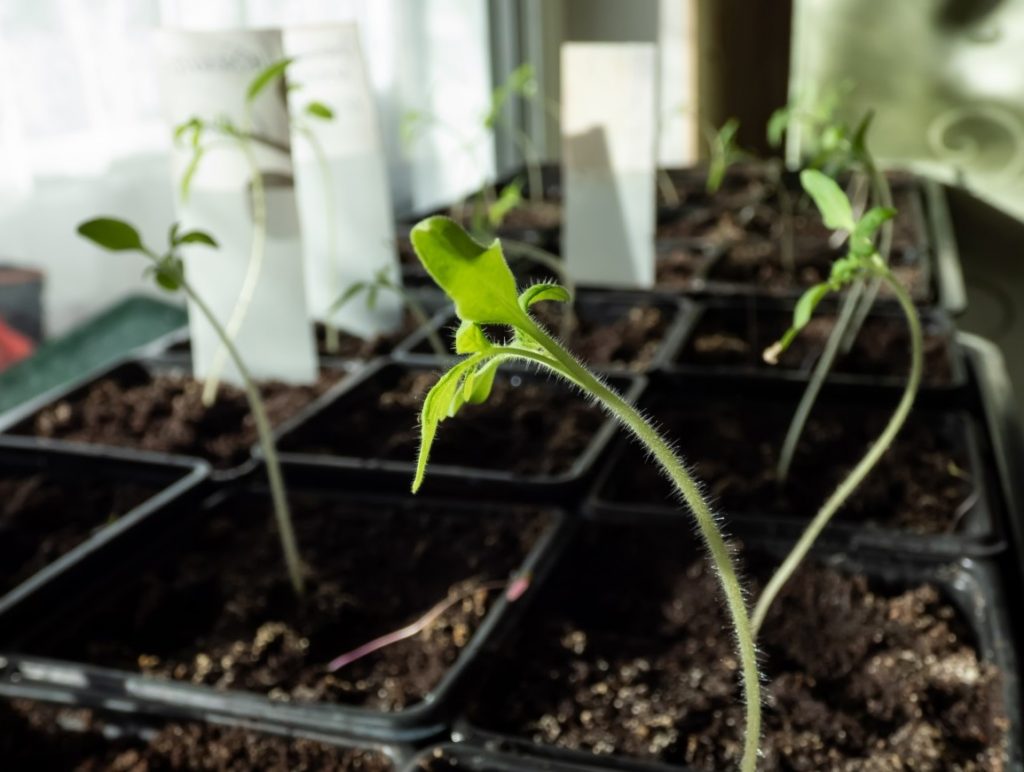
Rootbound seedlings
Seedlings aren’t like goldfish. They don’t grow just enough to fit their bowl — or, in this case, their pot. Seedlings keep growing until they reach their maximum height. And if they don’t have the room they need to reach their maximum height, they become rootbound.
One of the biggest tip-offs that a seedling was started too early is if it has become rootbound in its seed pot. In many cases, if a seedling has become rootbound, the damage has already been done. When adult plants become rootbound, trimming the bottom third of the roots away can help stimulate new growth. But most seedlings are so delicate that they never fully recover from being rootbound.
It’s best to transplant your seedlings well before the roots start to get overgrown. Prevention is the best treatment, in this case. When seedlings become rootbound, they choke themselves, which can result in the spontaneous death of the plant.
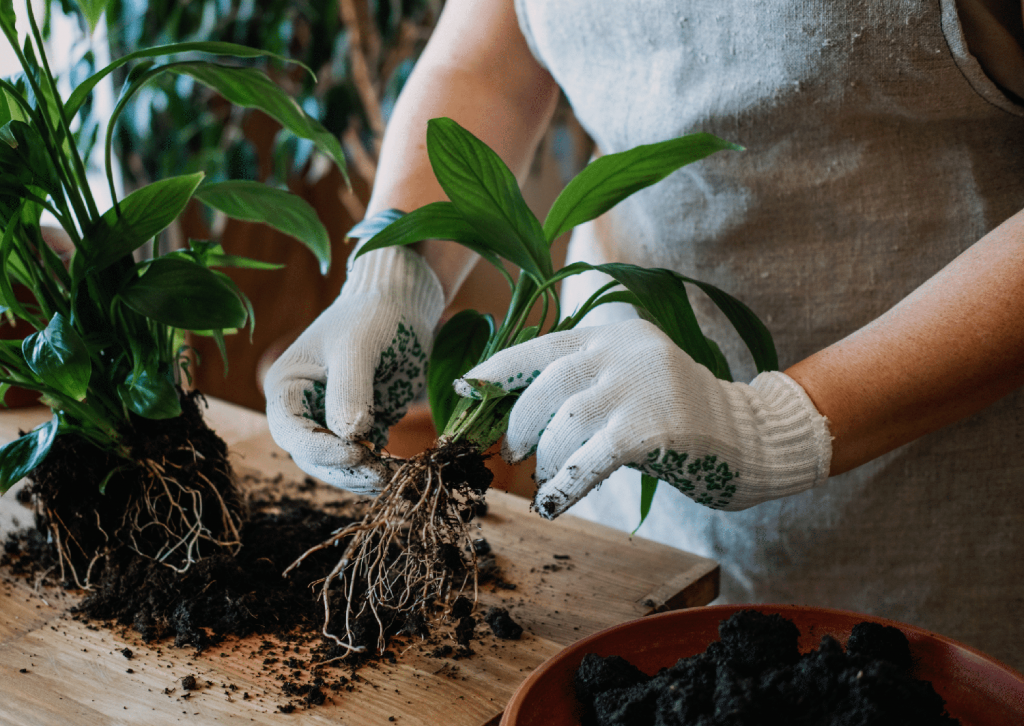
Transplant shock
If your seedlings are starting to wilt and drop leaves after transplanting, that’s a sign that they’re suffering from transplant shock. Seedlings that turn yellow shortly after being transplanted are likely in shock as well.
When seedlings have been transplanted too early in the season, they have trouble keeping themselves warm enough — and, depending on the light conditions, they may not get enough sunlight to produce the energy they need to survive. In short, they have trouble acclimating to their permanent home.
Transplant shock can kill adult plants, which are much stronger than seedlings. So it’s no surprise that many baby plants die from transplant shock, too. Once a seedling shows signs of transplant shock, supportive care should be provided immediately, otherwise, the plant will die (more on how to care for seedlings in transplant shock in a minute).
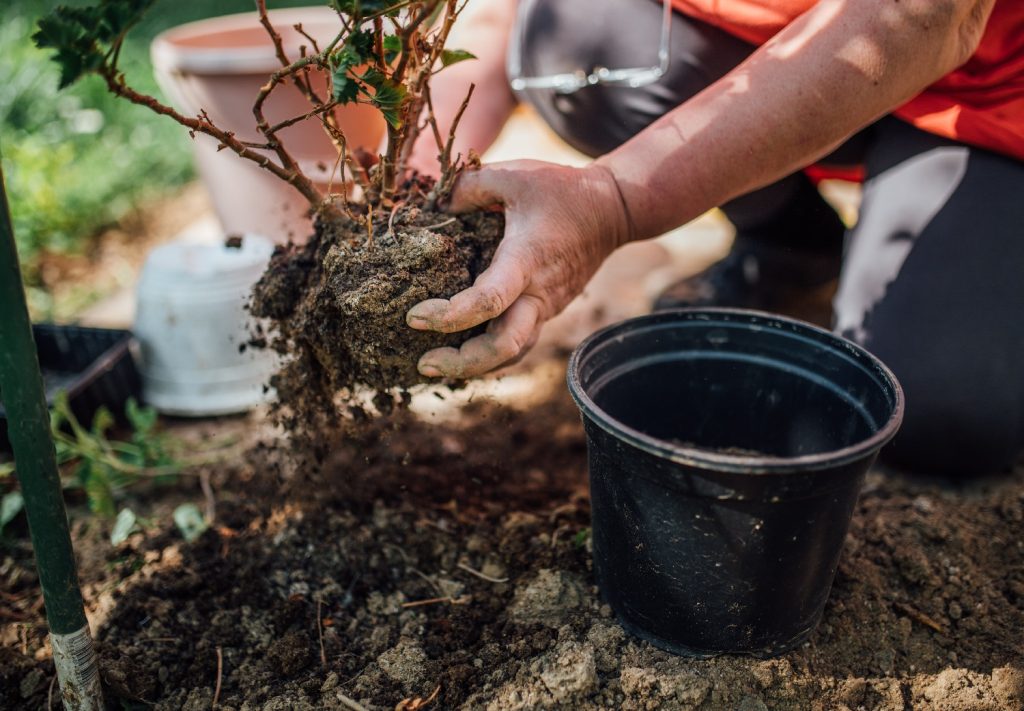
Sick juvenile plants
Sometimes, seedlings that were transplanted too early manage to survive. But, when they do, it’s not uncommon for them to grow into sickly juvenile plants. These plants may be more susceptible to pests and diseases than their counterparts that were transplanted at the correct time.
Juvenile plants that were transplanted too early may have poor foliage production and a shorter flowering period. They likely won’t produce much fruit, and the fruits they do produce will probably be smaller than average. Overall, mature plants that were transplanted too early as seedlings show poor crop production compared to their peers.
How can you tell when it’s the right time to transplant your seedlings?
There are a couple of things you need to consider when determining the right time to transplant your seedlings. The first is the weather. It’s best to wait until 2 weeks after the last frost of the season before transplanting seedlings to their permanent home. Outdoor temperatures should be 60 degrees Fahrenheit with no chance of frost. The warmer and more humid it is, the better the young plants like it.
The second thing you need to look at is, of course, your seedlings. How many leaves do they have? Are they still only sporting their seed leaves? If so, then it’s too soon to transplant them to the garden. Wait until your seedlings have developed 2 or 3 true leaves before moving them outside. True leaves vary in shape and size. But your plant’s first true leaves should be a vibrant, healthy green and they should take on the shape of the plant’s adult leaves.
When the temperatures outside are warm enough and when your seedlings have started growing proper leaves, it’s safe to transplant them. It can be difficult to be patient during this time, but it’s critical for the young plants’ survival.
Which plants grow best when started early?
If you just can’t wait to start your seedlings, stick to growing plants that prefer to be started early. Snow peas are great for any eager beaver itching to get a jumpstart on the gardening season. You can start snow peas 4 to 6 weeks before the last freeze, both indoors and outdoors.
Members of the Brassica family also perform well when started early. Sow your cauliflower, bok choy, broccoli, kohlrabi, turnip, kale, and watercress seeds inside or outside roughly 8 weeks before the last frost.
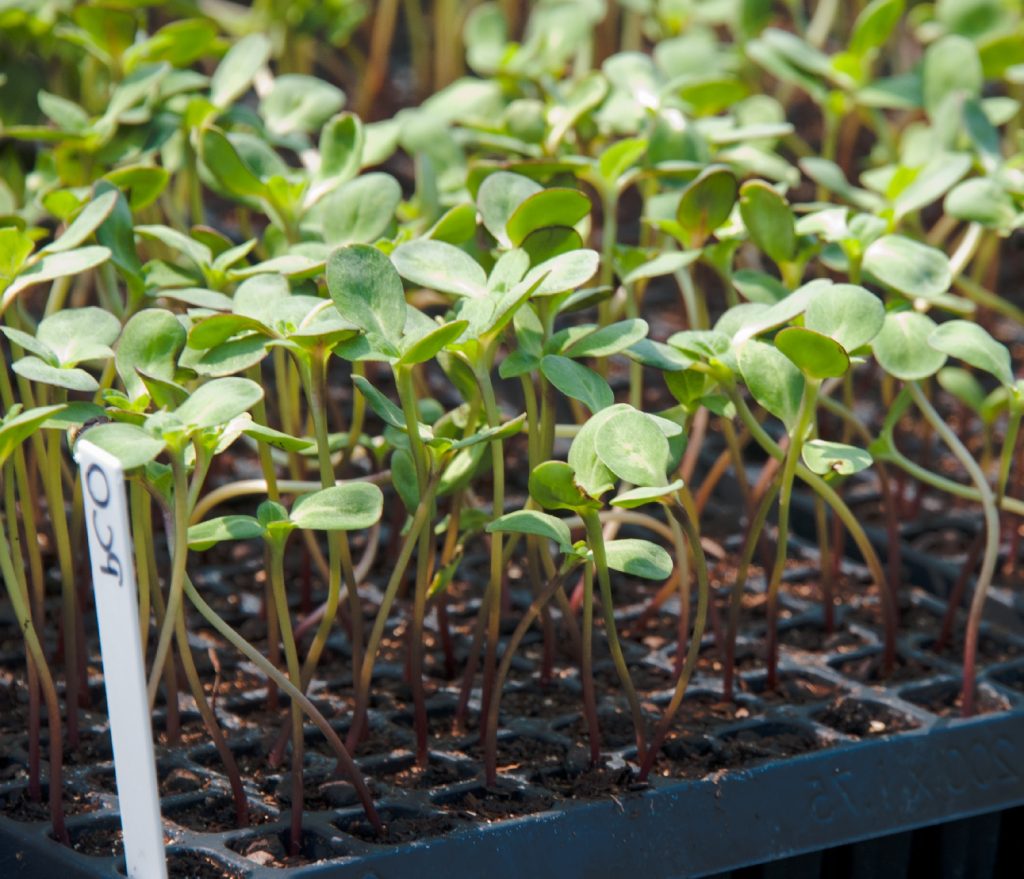
Tricks for saving seedlings that have been planted too early
If you’ve started your seedlings too early in the season, don’t panic just yet. There are a few things that you can do to give them the best chances of becoming fruitful adults.
Repot the seedlings regularly
If you’ve sown your seeds too early, you can help them survive by repotting them regularly. Young seedlings often die because they just don’t have the room they need to spread out. So give them ample space by repotting them every few weeks. This will prevent them from becoming rootbound and from becoming too leggy.
A good rule of thumb is to repot your seedlings from their original seed pots once they’ve developed 3 true leaves. This is when the seedlings should go into the ground, but if they can’t go into the ground yet, they should at least be moved to larger pots. Choose pots that are 2 to 3 times larger than the seed pots.
Set the seedlings outside as often as possible
Setting your seedlings outside as often as the weather permits is a small step that can make a world of difference to your garden. This helps the young plants become accustomed to the world outside — to the wind and the changing temperatures.
Keep your seedlings in a bright, sunny location. It’s okay if they’re exposed to direct sunlight, just be sure to bring the seedlings inside at night, so they don’t succumb to the colder temperatures.
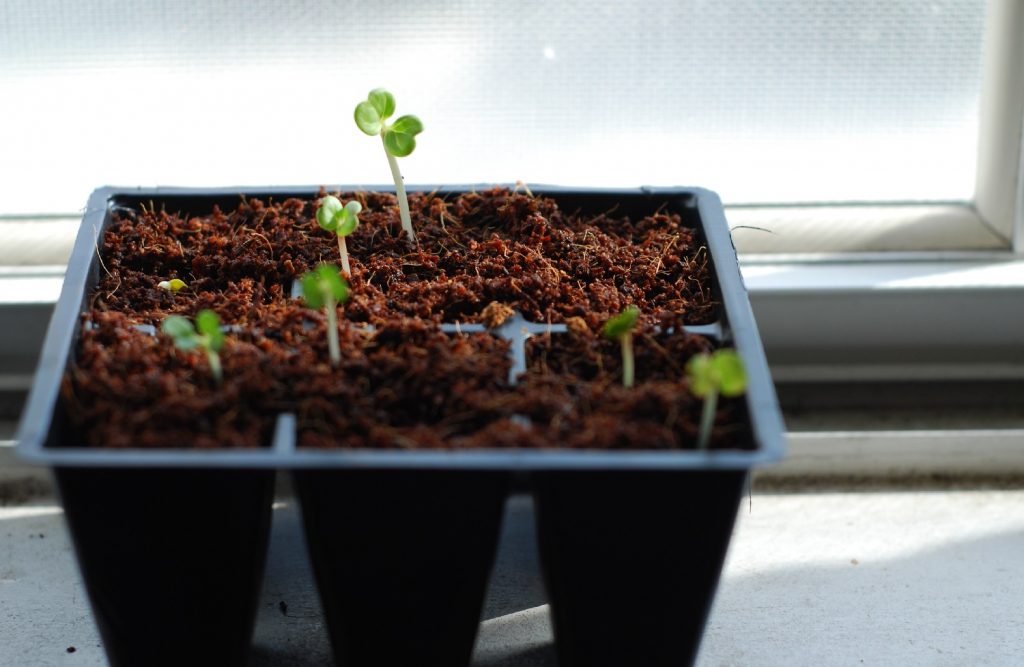
Keep the seedlings warm
If you’ve transplanted your seedlings too early in the season, one of the best things that you can do for them is to keep them warm. Spread a layer of mulch around them to trap the heat. Cover the ground with sheets of black plastic to catch the sunlight and keep soil temperatures up.
Drive a few stakes in between rows in your garden and arrange heavy canvas sheets, like painter’s cloths, over them at night to create a tent over your seedlings. This will help protect them from light frosts so they can keep maturing.
Build cold frames
If you’re determined to start your seedlings early in the season, consider building cold frames. These are large wooden boxes with lids. You can keep the lids open during the warmest part of the day, and close them up again to protect the plants from frost at night.
Cold frames should have transparent lids. You can use glass or clear plastic sheeting traditionally used for greenhouses. This lets the light in but traps the heat. You can keep the boxes empty and simply set the seedling trays inside, or you can fill the boxes with soil and add layers of organic matter to use them like raised beds.
Keep the soil moist
If your seedlings are showing signs of transplant shock, keeping the soil moist is the best way to combat it. Water your seedlings regularly, anytime the soil ¼-inch below the surface feels dry to the touch. You can spread a layer of hay, lawn clippings, or mulch around the plants to help retain moisture.
Seedlings require lots of water to grow, whether they’ve been transplanted too early or grown at exactly the right time. So keep an eye on your baby plants and make sure their soil stays damp. Water them regularly, enough to moisten the soil all the way through without making it muddy.
Can seedlings that have been transplanted too early be saved?
Yes, they can. It may take you a little extra time and effort, but if you can protect your seedlings during the initial weeks after transplanting as the weather continues to warm up for the season, there’s no reason why they won’t produce fruit. Of course, they may not be as fruitful as plants that were started at the right time. But a small harvest is better than none at all.
So give your early seedlings some extra tender loving care. And now that you know how to tell when it’s the correct time to transplant your seedlings, you’re sure to get things right during the next growing season.
